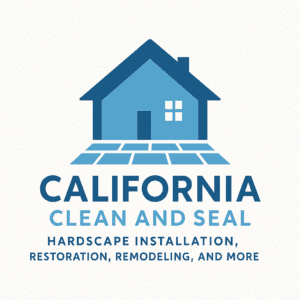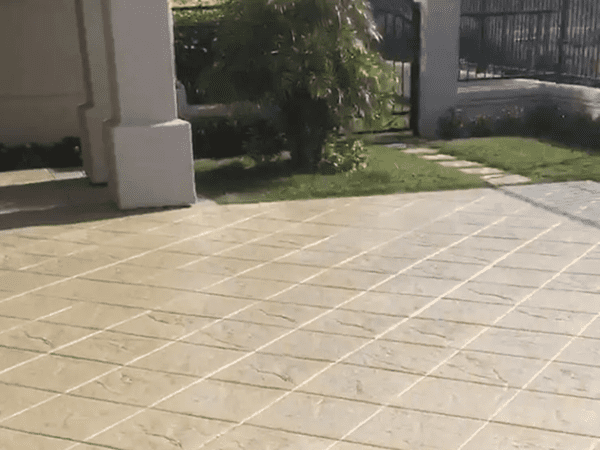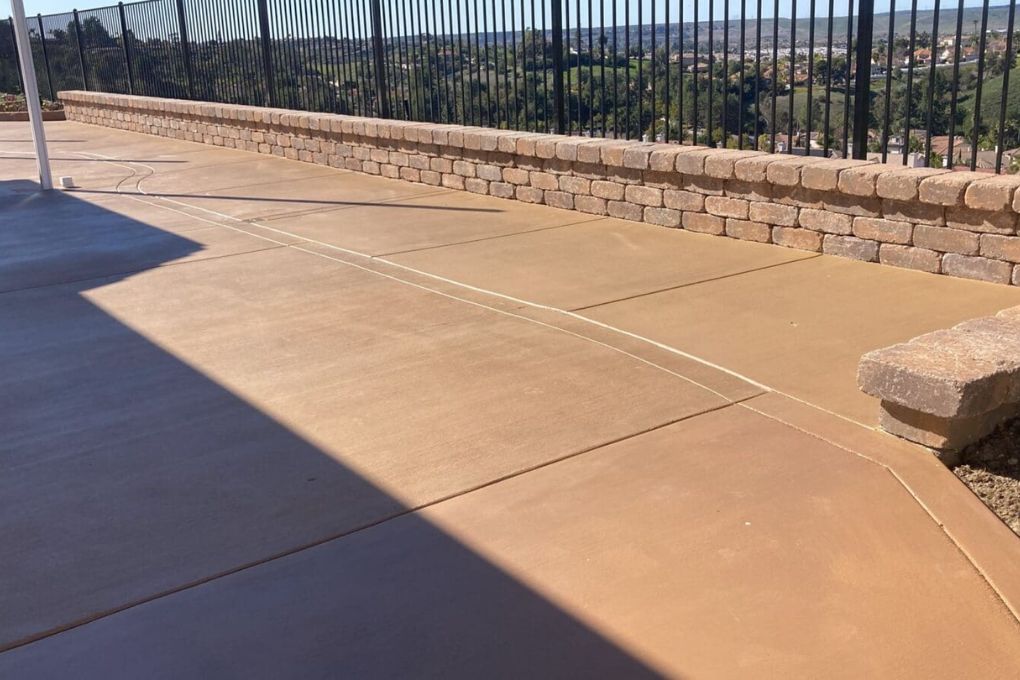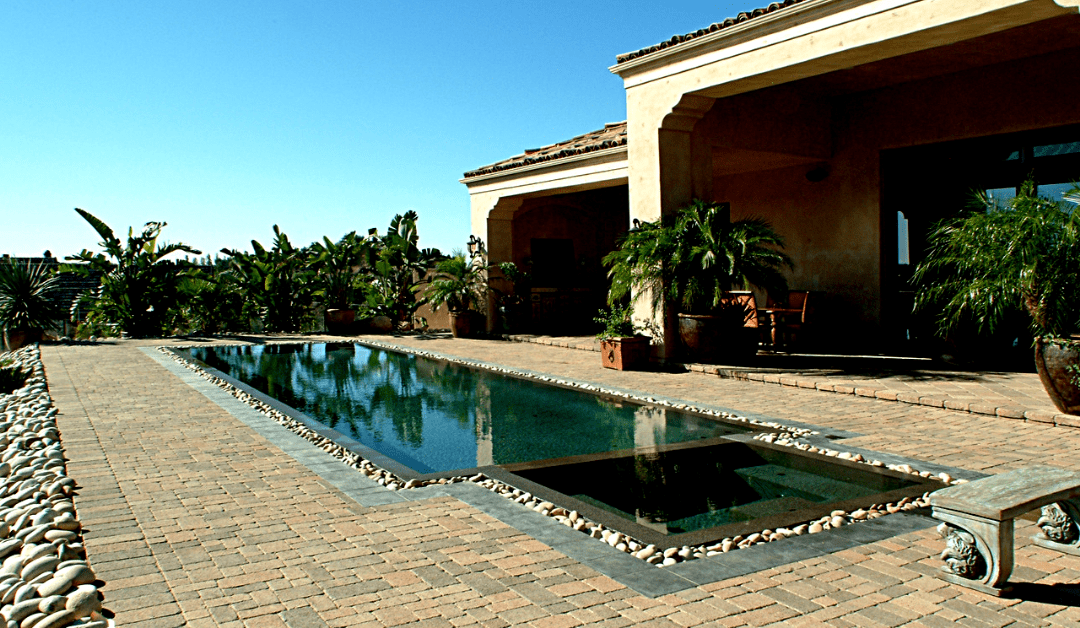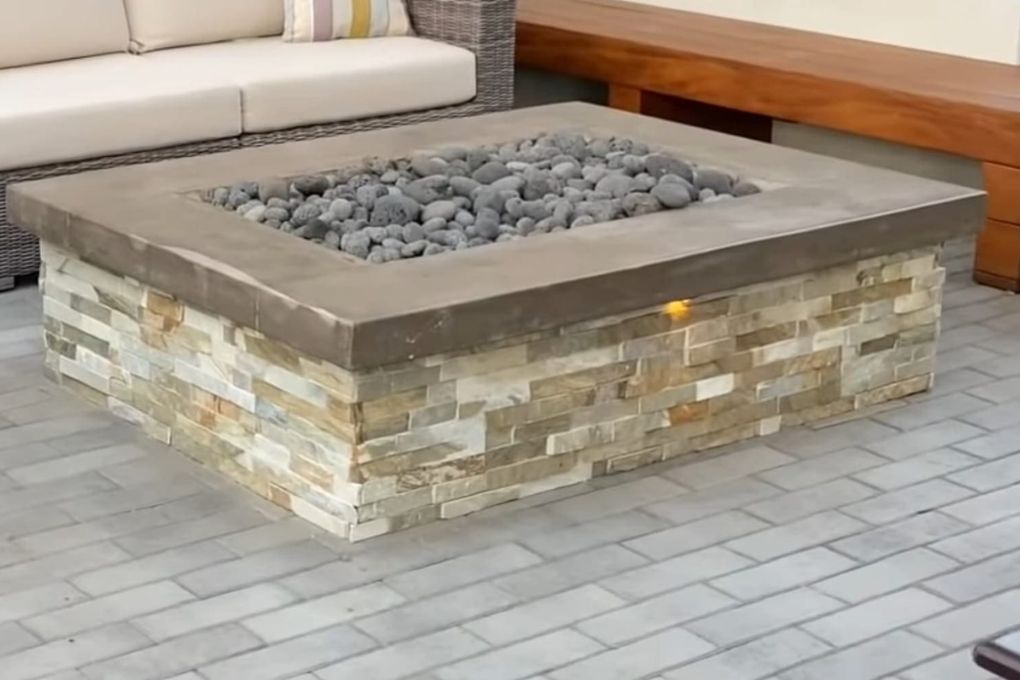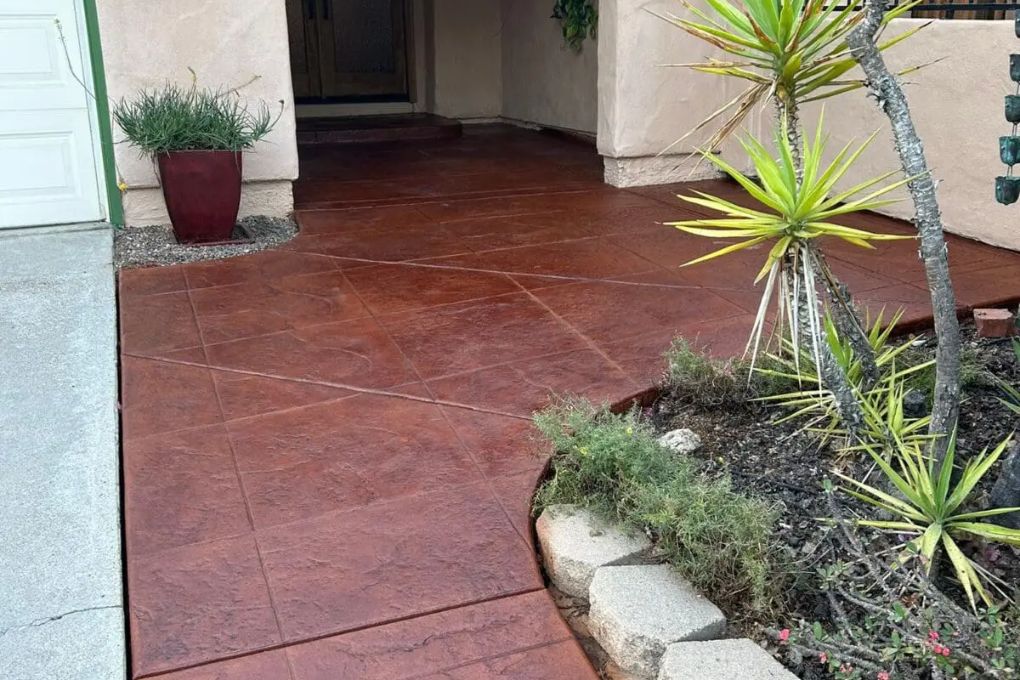Home renovations and Concrete Resurfacing have skyrocketed over the last few years and show no signs of slowing. This is particularly true for outdoor living spaces.
There are almost infinite choices for resurfacing patios, driveways, walkways, or other surfaces. However, it can be tricky to balance qualities like durability with aesthetics.
The flip side is that there are so many options available when resurfacing. There is sure to be one that will fit your goals, preferences, and budget. It is only a matter of weighing all the pros and cons.
Below are seven concrete resurfacing ideas. This information outlines the pros and cons of each and what you can expect from each material. Keep reading to find out which one might be best for your project.
1. Concrete Overlay
A concrete overlay has many different purposes. It can correct surface damage and improve the structure of existing structures. You can do so without having to repair or remove underlying concrete, which makes installation fast and inexpensive.
Concrete also improves traction, even when wet. This is why a concrete overlay is ideal for swimming pool decks or outdoor walkways exposed to precipitation.
Unlike concrete pavers, a cement-based overlay is spread in a single layer. This uniformity makes it very strong and resistant to impact.
A good concrete contractor can create distinct patterns with the cement or inset it with bricks or tiles. You can stain concrete to resemble brick, wood, or other materials.
You can also enhance concrete with additives to make it smoother or firmer. This allows you to “stamp” it to resemble stone pavers or other types of natural rock. The designs you can achieve with quality concrete overlay are unlimited.
2. Concrete Pavers
Concrete pavers are tiles premanufactured in specific shapes, sizes, and colors. You can install pavers that resemble brick or other surfaces.
They are also easy to install since they do not require grout between each one. Joints are filled with fine or polymeric sand and need a level concrete base to rest on.
This also helps create a porous surface that allows water to pass through. This can make concrete pavers ideal for flat surfaces that would otherwise be prone to water accumulation.
The flip side is that the pavers can shift over time, especially if not installed correctly. This also allows weeds to spring up between joints. For this reason, hiring a professional installer who lays the right sub-base to limit these instances is essential.
3. Composite Pavers
Composite pavers work very much like concrete ones. They are made of recycled plastics and rubber, creating a durable, pleasant surface to walk on.
The materials are very light, which makes them easy to install. Also, the color and pattern options for composite pavers are almost endless.
Like concrete pavers, composite ones rely on an altogether level concrete underlayment. However, they usually do not demand sand since they can be cut to fit snugly together. Check our blog: Pavers Vs. concrete
4. Brick Overly
Human beings have been building with bricks for about 9,000 years. Brick is very durable and can tolerate extreme weather conditions. It does not fade quickly, so color trends are reliable.
Brick is also versatile, allowing you to choose various colors and patterns. You are not restricted to the standard rectangular shape with brick. Pavers can be cut in almost any shape or design.
Brick overlay is also a very budget-friendly option. It will cost much less than stone or similar options.
Brick is also ideal for adding height to any patio or walkway. While this is generally desirable, it can be a drawback if you are concerned about door clearance.
5. Flagstone
Flagstone is a broad term that describes different types of sedimentary rocks, including slate, sandstone, limestone, basalt, and quartzite.
One of the most significant advantages of flagstone is that it is readily available, making it a more economical alternative to other types of stone. Flagstone comes in different colors, textures, and styles.
Flagstone cannot be manipulated in the same manner as many other types of materials on this list, but that is not why most people choose it. It is popular because it gives a natural-looking aesthetic to your existing concrete patio, walkway, or other surface.
6. Exposed Aggregate
Exposed aggregate is another type of concrete surface, but it deserves its mention. It is a technique for uncovering and—as the name suggests—exposing large stones and other aggregate mixed into concrete. This gives the surface more texture and a distinct appearance from the standard gray slab of typical concrete surfaces.
Different types of aggregate are intended for this purpose. These include gravel, basalt, crushed stone, decorative stone, and even crushed glass. Granite and limestone can also be used to achieve a unique hue.
You can also choose how much or how little aggregate you expose, which allows you to achieve a specific look and level of traction.
7. Top Cast Concrete Finish
Top cast finish is a relatively unknown concrete resurfacing idea. It is a great choice for quick and easy resurfacing.
Unlike traditional methods of pouring or shoveling concrete onto a surface, this version uses a batch of very wet concrete pumped through hoses and dispensed by a nozzle. It is ideal for curved surfaces or hard-to-reach areas. Another advantage is creating a smooth surface or different textures using “knockdown” methods.
Keep in mind that top-cast concrete requires an already stable base. It is fantastic for old concrete restoration but needs support from an existing unlying structure.
Get More Concrete Resurfacing Ideas
Now that you have seven concrete resurfacing ideas, you can decide which suits your project. You should also check out the cost. An experienced contractor can further advise you on the best option for a concrete driveway, patio, walkway, or other surface. See our Blog for more info.
California Clean and Seal provides residential and commercial hardscape and concrete services. We specialize in pavers, stamped concrete flagstone, travertine, and exposed aggregate turf. Contact us to discuss concrete resurfacing options or schedule a service today.
